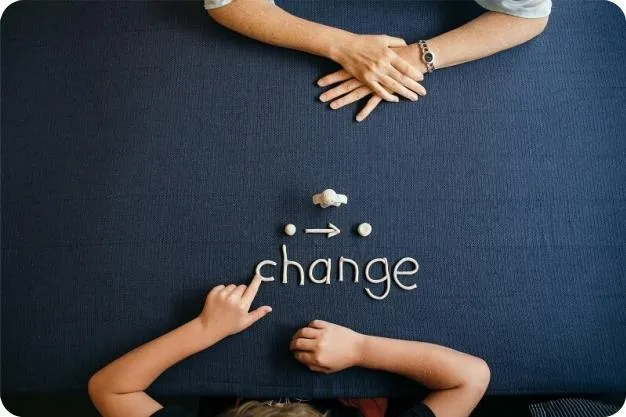About Master Dyslexia
Master Dyslexia was created to help individuals shift their learning difficulties into learning talents and maximize their potential in many aspects of life.

Proven over 20 years
Tried and tested Davis methods are used to support each person to use their learning preferences to overcome barriers to learning, maximise their talents and engage more fully in life.
Proven over 20 years, Davis Programmes provide effective and simple tools to help people use their perceptual gifts to overcome barriers to learning, focus and success. The Davis Approach taps into people’s natural visual-spatial thinking abilities, enabling them to take control – of their perceptual abilities, their learning and their success.
About Rachel Barwell

Kia ora and Hello – my name is Rachel Barwell
I am a licensed Davis Dyslexia Facilitator based in Kāpiti Coast, 35 minutes from Wellington, New Zealand.
I first encountered dyslexia when I discovered a very clever friend of mine struggling to respond to my texts. I read 'The Gift of Dyslexia' book to him, and he almost cried and said: “That’s me – that’s why I hate writing texts and emails!”
At that time, I didn’t have any tools to help him, but I became more aware of the challenges people with dyslexia and related conditions faced, and that dyslexia was in fact a form of giftedness.
I now help young people and adults with dyslexia and related conditions develop mastery with their amazing brains. I have been on my own journey with dyspraxia (the ‘clumsy’ version of dyslexia) and ADHD and have seen many people benefit greatly from the Davis methods.
In my 30 years in adult and youth education and facilitation, I have worked with learners of all ages in transformational programmes, adult education and adult literacy; in settings as diverse as corporate, government, Wānanga, prisons and community.
In all these settings, there were highly intelligent and motivated learners with clever neurodivergent brains, who often struggled with reading, spelling, writing, comprehension or mathematics.
At the heart of each of these struggles was dyslexia or a related condition. An opportunity to commence the Davis Dyslexia Facilitator training in 2018 was a dream come true.
I deliver Davis programmes to individuals of all ages in my home in Kāpiti, in a peaceful dedicated studio with natural light and a garden outlook. I am also available to deliver programmes in schools, tertiary institutes and organisations, and by arrangement can travel to other locations outside of the Wellington region.
“I finally have the tools to help people with amazing neurodivergent brains achieve the practical and academic success they are so capable of, in a way that is fun, enjoyable and creative.”
Licensed Davis Dyslexia Facilitator
Post Graduate Diploma in Adult Education (Literacy and Numeracy)
Diploma in Adult Education and Training
National Certificate in Adult Literacy and Numeracy Education
About Ron Davis

Ron Davis was born dyslexic and autistic. He discovered the power of creating missing life concepts out of clay to make sense of the world and was able to emerge from the void of autism.
By discovering how to correct his dyslexia through correcting his perception of letters and basic words, Ron eventually taught himself to read. His IQ rose from what was termed “uneducably mentally retarded” at 12, to a score of 167 at the age of 27. His genius had emerged.
Ron created the Davis Dyslexia programmes and the Davis Autism Approach inside his belief that genius exists in some form in all of us.
Ron Davis Videos
Ron shares his remarkable journey from struggle to success with
dyslexia and autism in these videos.
Ron Davis: Unlocking the Power of Dyslexia
Ron Davis: The Importance of Life Concepts for Autism

Professional services described as Davis™, including Davis Mastery for Dyslexia®, Davis™ Symbol Mastery, Davis™ Orientation Counseling, Davis™ Mastery for Attention, Davis™ Mastery for Maths, and Davis™ Foundations for Learning Literacy may only be provided by persons who are trained and licensed as Davis Facilitators or Specialists by Davis Dyslexia Association International.
